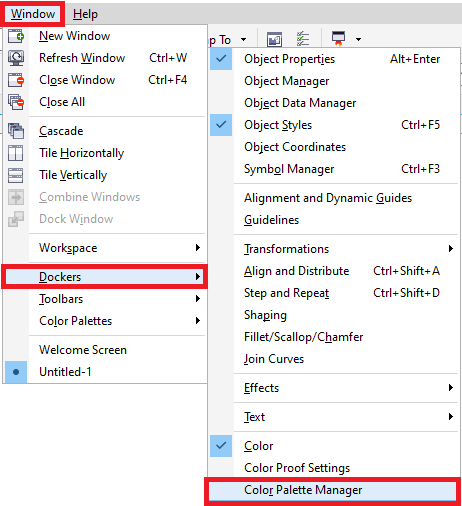

Matching Method – There are several rendering intents to choose from, but typically only two are used: Therefore, you would want to set your target profiles to match. For example, Adobe Illustrator defaults to sRGB as it’s RGB color space and USWebCoatedSWOP for CMYK. Simulation Target Profiles – In this section, the objective would be to select target profiles that match the color spaces used when the design was created, for maximum color fidelity.

Simply choose the Preset from the drop-down list and click on “Properties” to view the specific configuration as indicated below. Think of it as “image optimization” of your file, depending on the output objective (color accuracy or impact). When selecting a Preset in the Color Management section of the Quality Settings in VersaWorks, you are essentially selecting preconfigured combinations of Simulation Target Profiles and Rendering Intents that will be used to output the image. Matching Method – Also called “Rendering Intent”, this is the method that VersaWorks uses to handle out of gamut colors in an image. For example, Adobe Illustrator uses sRGB and US SWOP as the RGB and CMYK color spaces as their defaults. These define the colors in the design phase of the image. Simulation Target Profiles –The color spaces that the image has been created in. So, a color that is “in gamut” can be printed, but an “out of gamut” color cannot be reproduced by the printer. Gamut – The range of colors a printer is capable of reproducing. So, let’s stand at the edge of the color management rabbit hole and look down, hopefully without falling in!īefore we look too closely at the specifics of color management, let’s define a few terms so we can better understand what is going on. Too often, this section is ignored by operators, sacrificing image quality out of ignorance. The Color Management Properties section of VersaWorks can be a bit of a mystery to a lot of users. By Roland DGA Product Manager of Digital Print Products, Daniel Valade


 0 kommentar(er)
0 kommentar(er)
